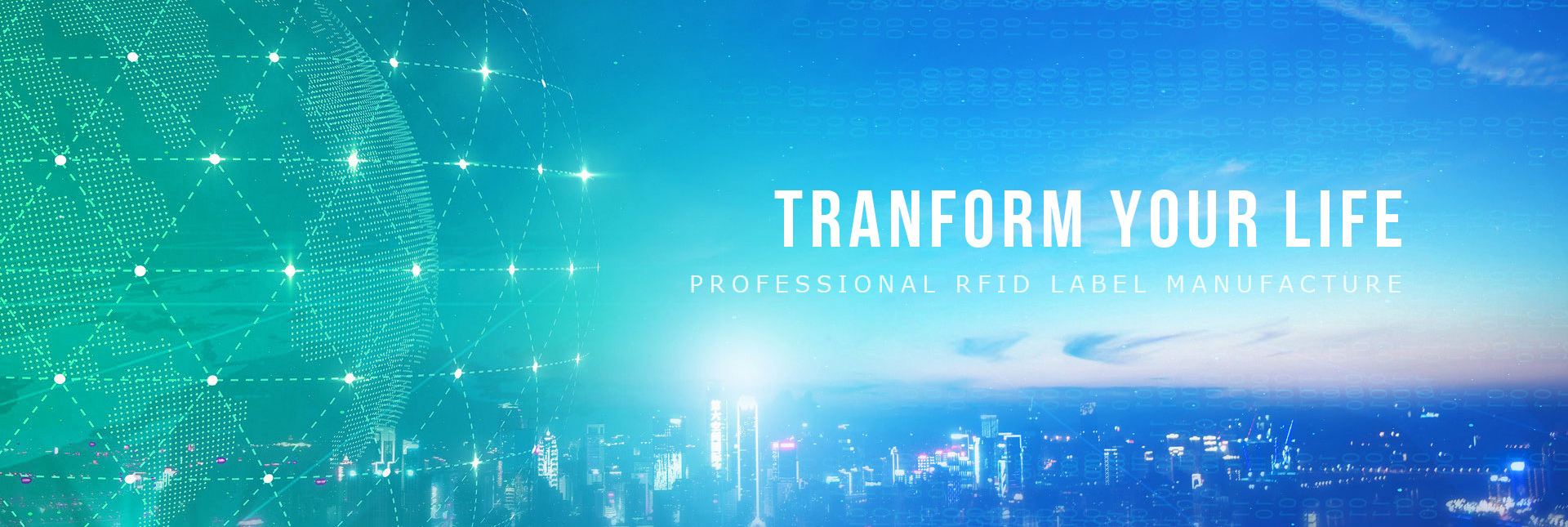RFID is the abbreviation of RadioFrequencyIdentification, that is, radio frequency identification. Often called inductive electronic chip or proximity card, proximity card, contactless card, electronic label.
Radio frequency identification technology uses radio frequency signals for data transmission to realize wireless identification of almost all objects. This technology is also the foundation for the development and growth of the Internet of Things.
RFID technology allows you to identify and track each individual object or multiple objects at the same time, even if there is no direct connection within the line of sight.
The following are the technical characteristics of some RFID electronic tags:
1. The identification and reading of RFID electronic tags do not require direct connection.
2. RFID tags can be read, written and reused repeatedly.
3. RFID electronic tags are very durable and adapt to various harsh environments.
4. RFID readers can read hundreds of electronic tags in one second.
5. The data in the RFID electronic tag is encrypted and can be locked, and the security performance is very high.
6. RFID tags can store more data than barcode tags or barcodes.
7. RFID tags can be printed with information, such as instructions, barcodes or company names and other personalized information.
8. The RFID system can be embedded in the company’s original system or other internal systems as a subsystem.
Most RFID systems are made up of the same components. Basically, it can be divided into: readers, antennas, electronic tags, and sometimes other items and accessories for connecting lines.
Even simpler, if you want to be as small and convenient as today’s devices, easy to put in and out. All you need is multiple electronic tags and a handheld reader.




